Car makers are forever merging segments. Whether it’s a convertible-4×4, a coupé-SUV, an MPV-estate or who knows what else, there are niches within niches. But for some unfathomable reason, no major car maker offers anything that drives on land and water, despite the fact that off-roaders are big business. And when it comes to off-roading, an amphibious car must surely be the ultimate. Talk about a missed opportunity. Or perhaps not, because in the 1960s Hans Trippel, a German engineer, reckoned there was an untapped market for amphibious cars, but as he’d come to discover, the idea would sink.
Trippel had been a great exponent of amphibious cars for most of his career in car design and engineering. As early as 1934 he had come up with the four-wheel drive SG6, which was also amphibious. Hitler found out about the SG6 and he quickly realised just what a useful vehicle it might be, so he recruited Trippel to build amphibious cars in Bugatti’s Molsheim factory, as part of the war effort once hostilities broke out in 1939.

With the war over, Trippel continued with his quest to perfect a car that could be sold in the mainstream market, and which was as capable on water as on land. By 1959 he was ready to unveil it in prototype form. Called the Eurocar Alligator and first shown at that year’s Geneva Salon, this floating car was powered by a 34bhp Austin A35 948cc A-series engine, but it wasn’t ready for production just yet. Within a few months, Triumph unveiled the Herald with a more powerful (39bhp) 1147cc engine, and Trippel knew that this was just the motive power that he’d been looking for: compact, reasonably light, cheap to buy and tough.
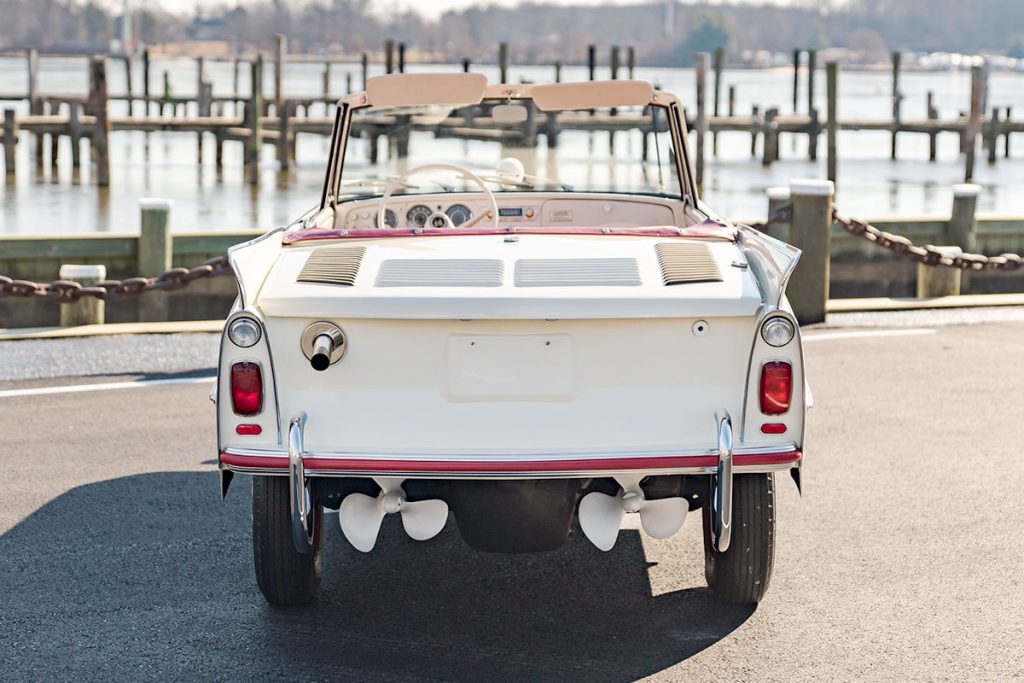
Trippel persuaded the German government that the creation of a mainstream production amphibious car was a tremendous export opportunity, so millions of deutschmarks of taxpayers’ cash were ploughed into the car’s development. After a couple of years of re-engineering the Eurocar with Triumph power, Trippel was finally ready to show his updated floating machine. Unveiled in production-ready form in 1961 as the Amphicar 770 (7 knots in the water, 70mph on land) and priced at around DM10,000, or twice the cost of a Volkswagen Beetle, this wasn’t going to be the easiest sell, but Trippel wasn’t going to let that hold him back.
It wasn’t just the Amphicar’s price that put off potential buyers (apart from the fact that not many people needed a car that could swim…); the ungainly looks left them feeling, ahem, seasick. The Amphicar’s ground clearance emphasised the upward-sloping underside at the front, and while the large rear fins were á la mode in 1959, by the time the Amphicar reached production they were decidedly passé. The tallest fins of any production car ever made, thanks to the generous ground clearance, they were essential to stop water pouring through the louvres in the engine bay cover, and flooding the engine.
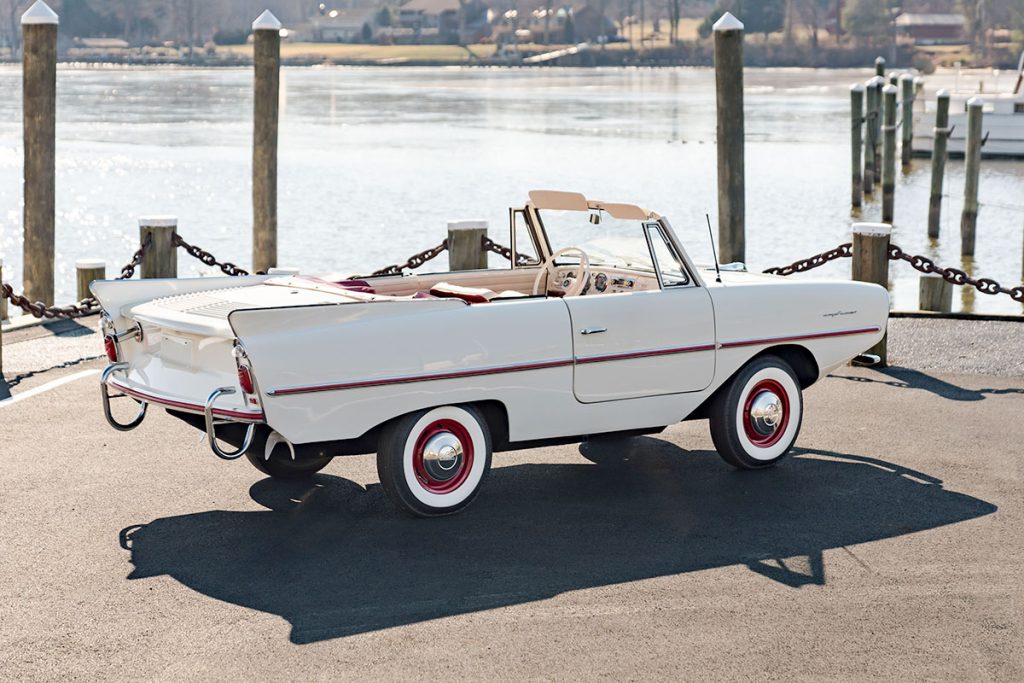
If the looks were awkward, the driving experience was even more so. Arguably better on water than on land, or at least less terrible, the Amphicar was slow (0-60mph took a faintly ridiculous 43 seconds), with handling that was equally vague whether sailing or driving. It didn’t help that the Amphicar was so heavy; despite glassfibre being all the rage, Trippel insisted on sticking with steel. Not just regular-thickness steel either, because this wouldn’t withstand the constant battering of big waves, so extra-thick panels were used instead. This worked wonders for the Amphicar’s rigidity, but it didn’t half make it hard work to drive, things compounded by the rearward weight bias.
Over the years the Amphicar made a few TV and film appearances, including The Sandwich Man, Rotten to the Core, and The Avengers TV show. Madonna even used an Amphicar in one of her early music videos, while celebrity owners include President Lyndon B Johnson and his press secretary Pierre Salanger, while Dan Ackroyd owned several. One Isle of Wight resident bought an Amphicar to cross over to the UK mainland when he fancied it, rather than pay constant ferry charges, and in 1965 two Amphicars crossed the English Channel. Having set out in force 3 winds, this escalated to force 6 mid-Channel. One Amphicar then conked out, and with things too choppy to attempt a rescue, the other car then had to tow the stranded vehicle all the way to France.
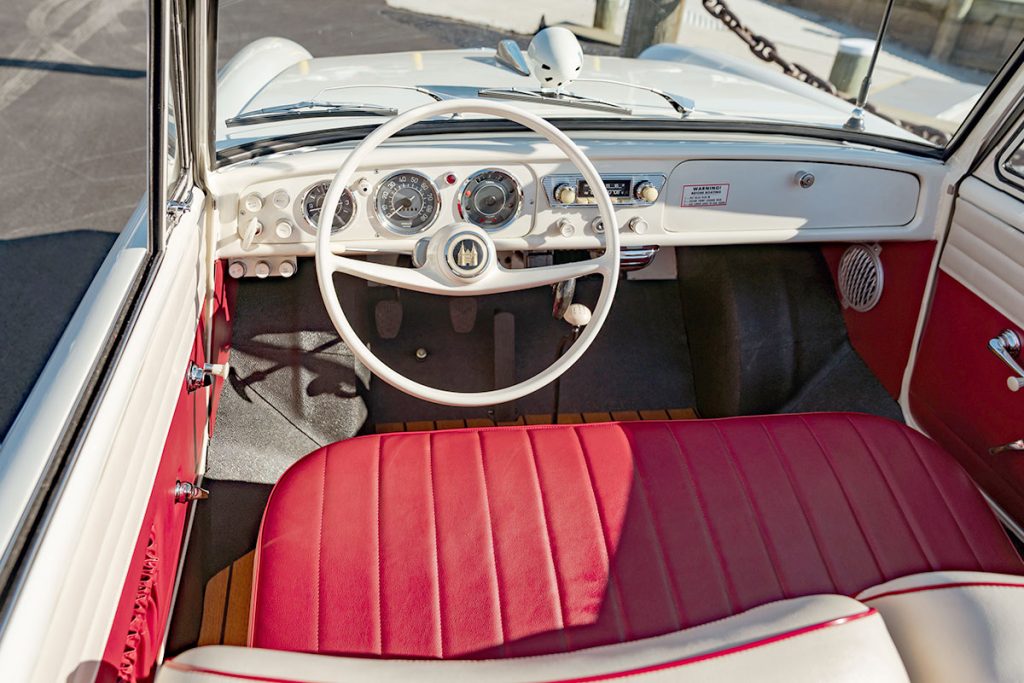
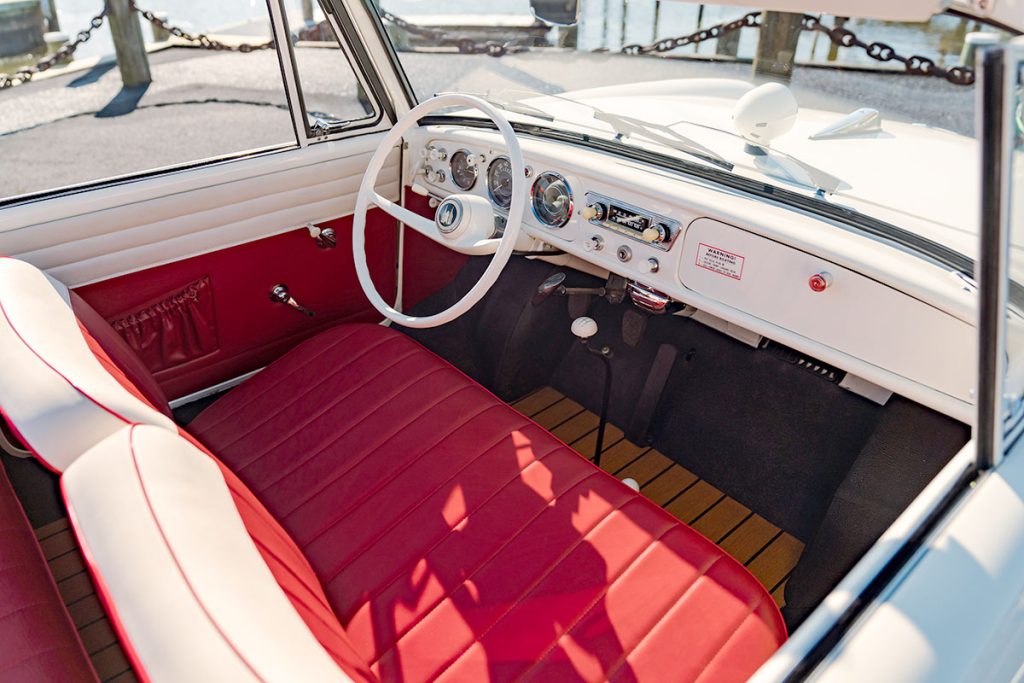
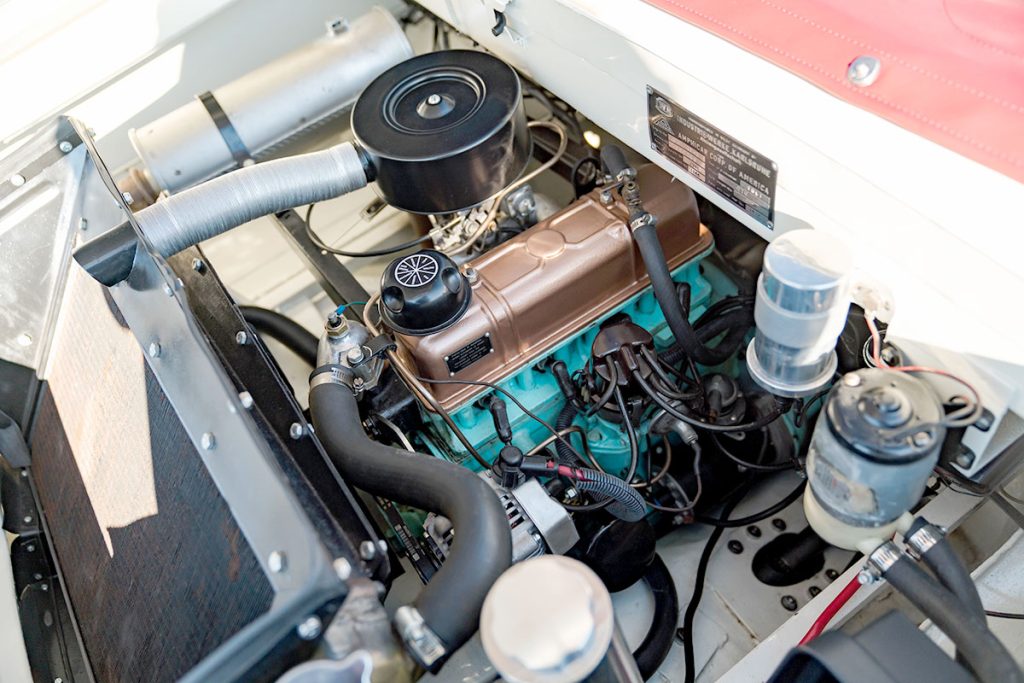
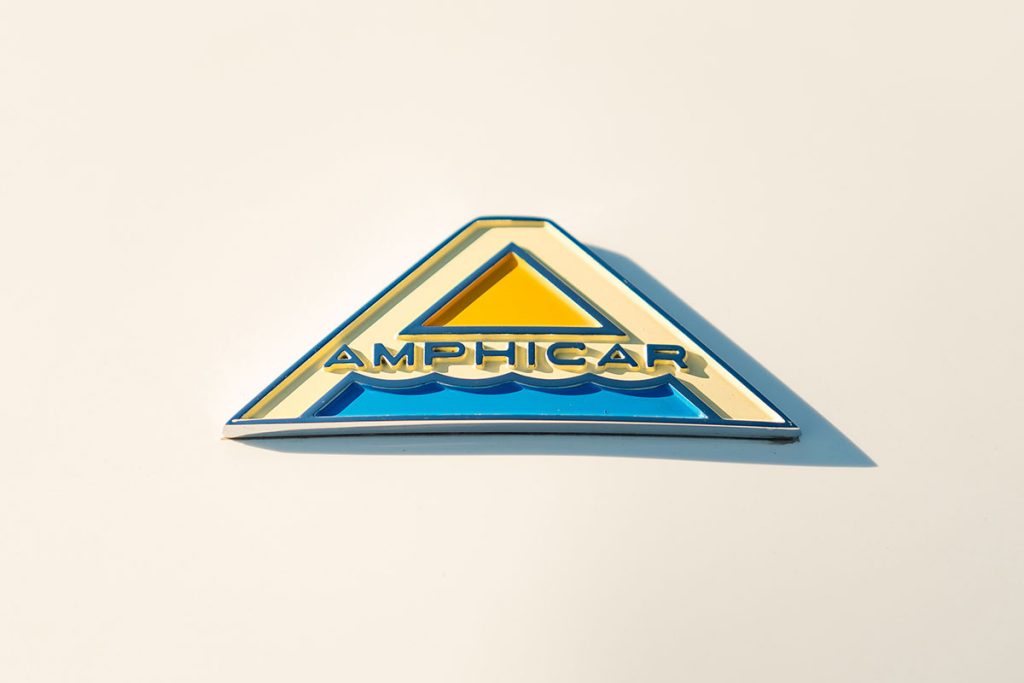
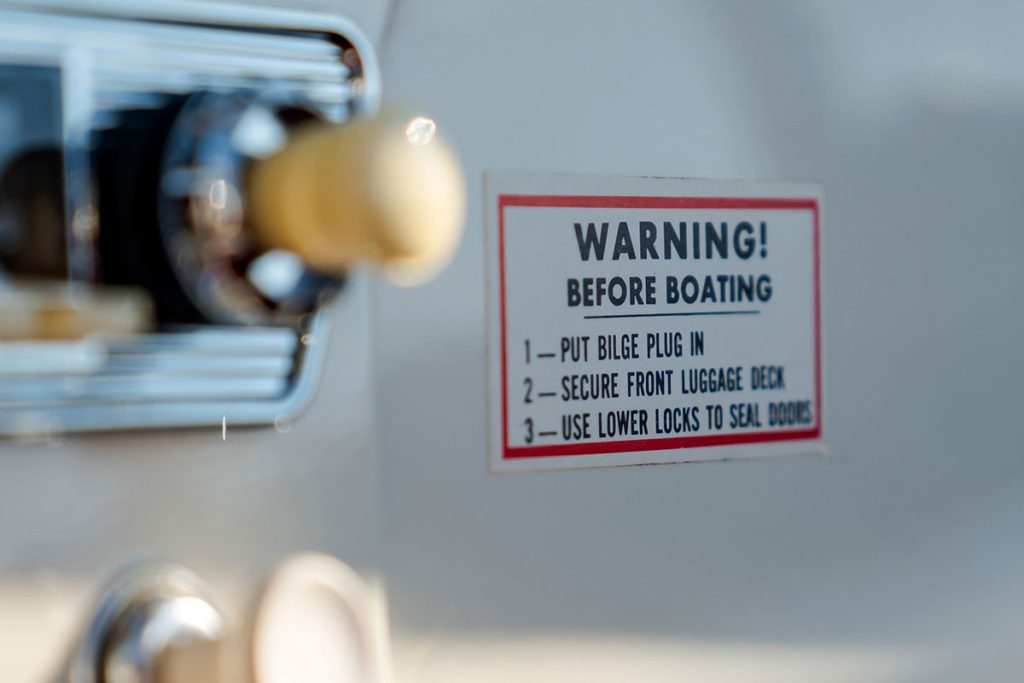
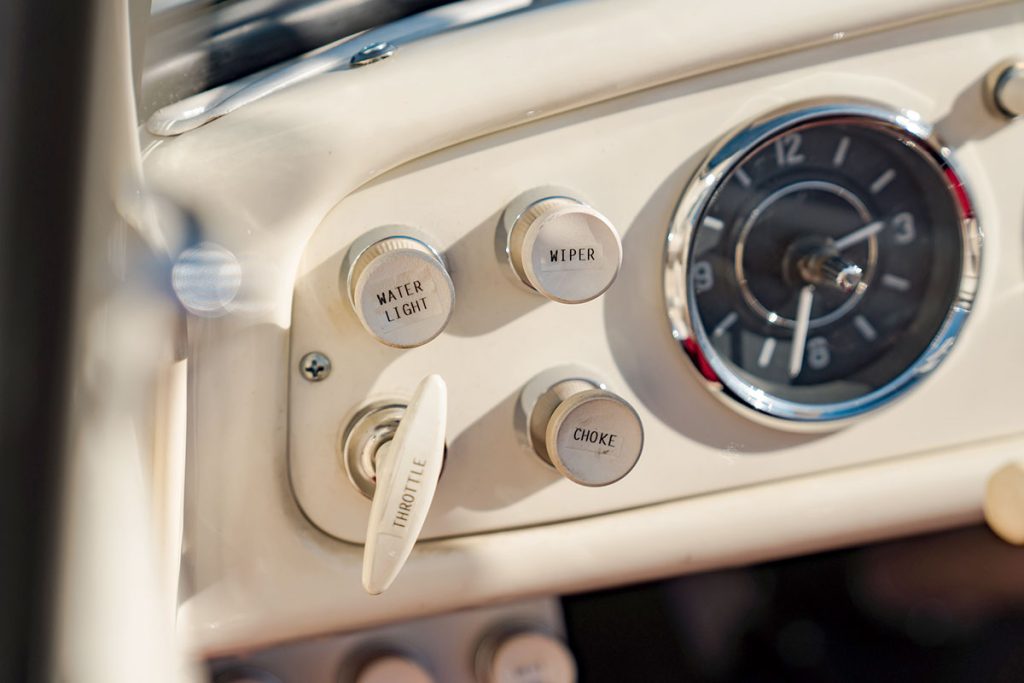
Having hoped to build 20,000 Amphicars each year, sales never came close to such volumes. In hindsight, such a prospect was fanciful; the Amphicar was too compromised and expensive to ever get close to this. Having started production at the end of 1960, the project listed and sank within three years, when production was stopped.
Yet because the company had scaled up to make and sell so many, it had amassed so much stock that it would be 1968 before the very last Amphicars were built and sold. It didn’t help that the US authorities tightened up the rules for amphibious car construction and use in 1967, and the Amphicar fell foul of the new legislation.
In the end just 3878 Amphicars were made, about 90 per cent of which were sold in America. Just 97 right-hand drive examples were made, mainly for Britain. This was one crossover car that failed to float drivers’ (sailors?) boat.
Looking to revisit more Cars That Time Forgot? Click here for the full archive


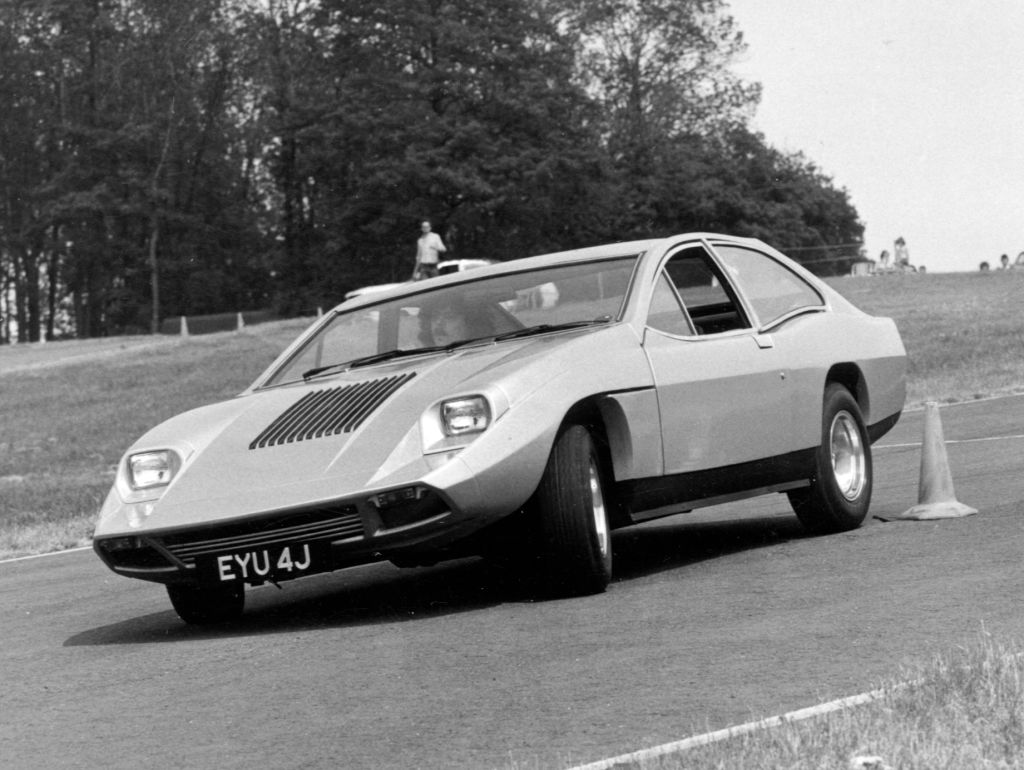
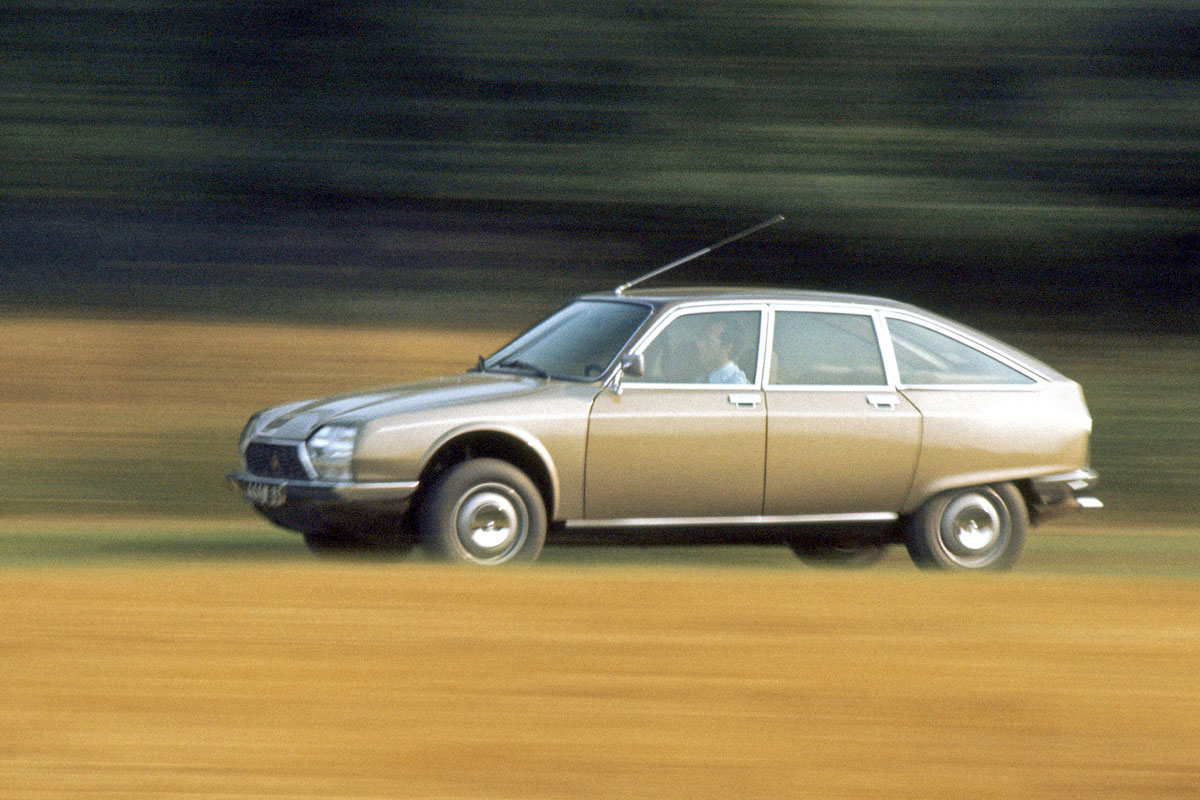






This is the worst, misinformative article I have ever seen. You insure many of these cars why don’t you contact a real owner and find out the truth and then write a article of correction!
It is easy to snigger. Many cars of the period handled like boats, but few could claim to be an actual boat. I would also like to hear what a real owner thinks of these curious vehicles.